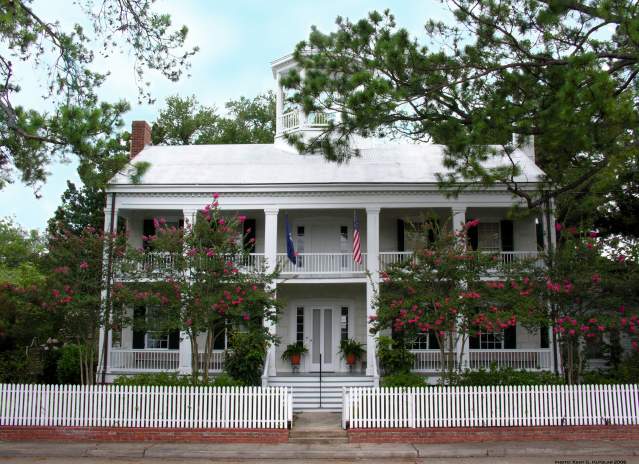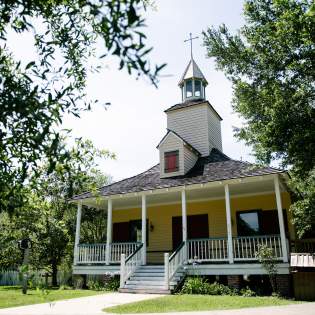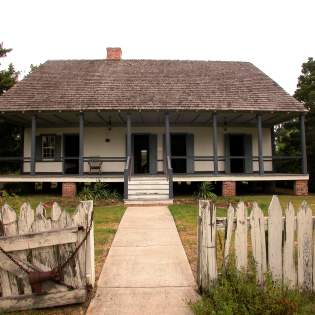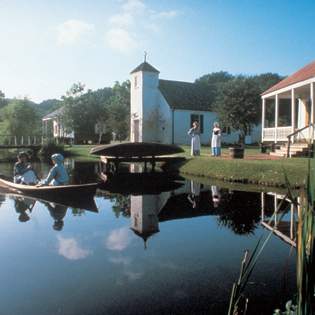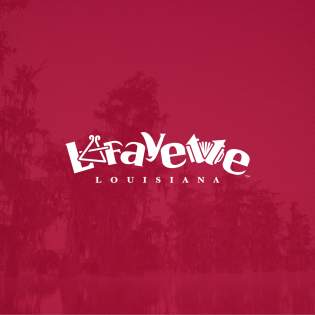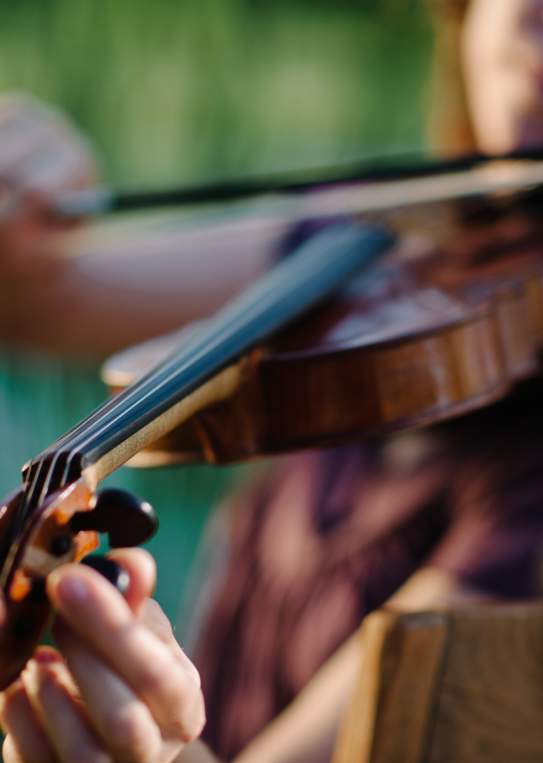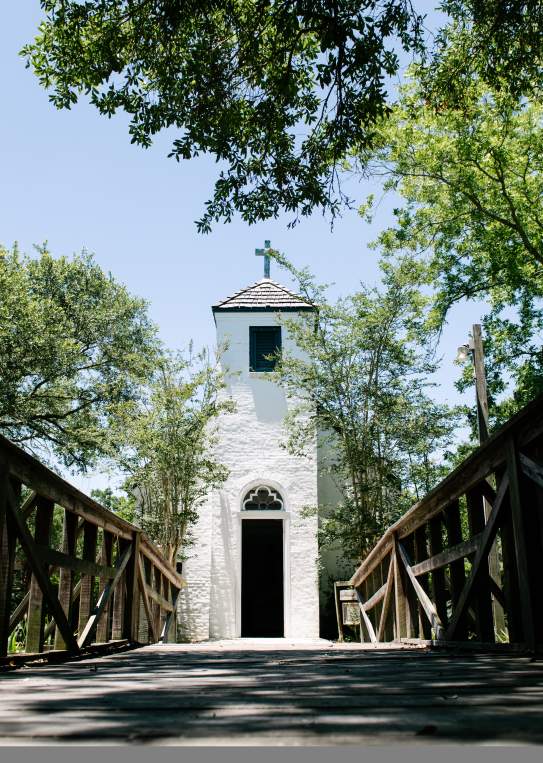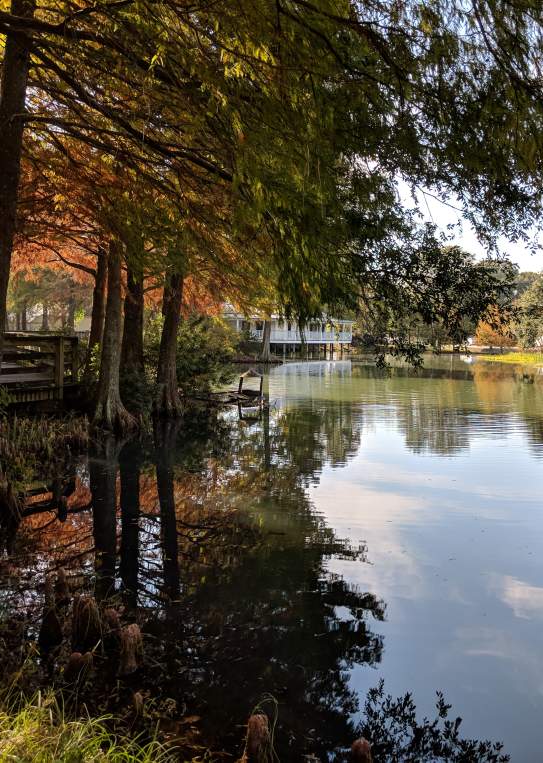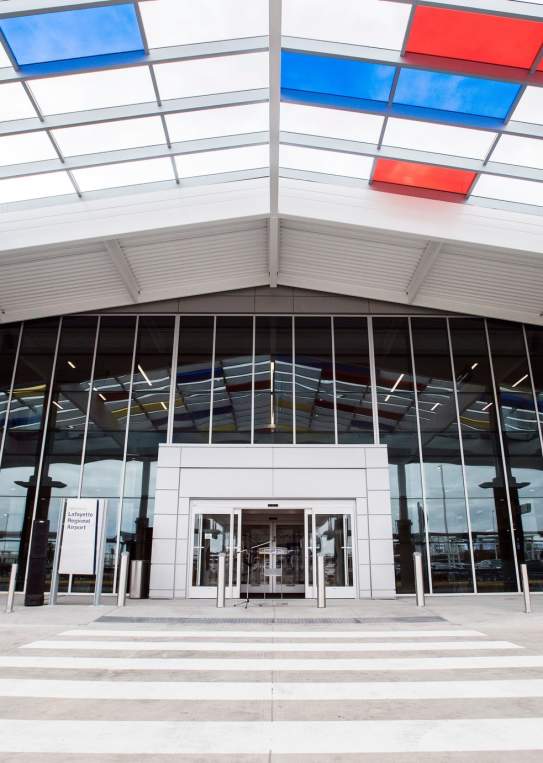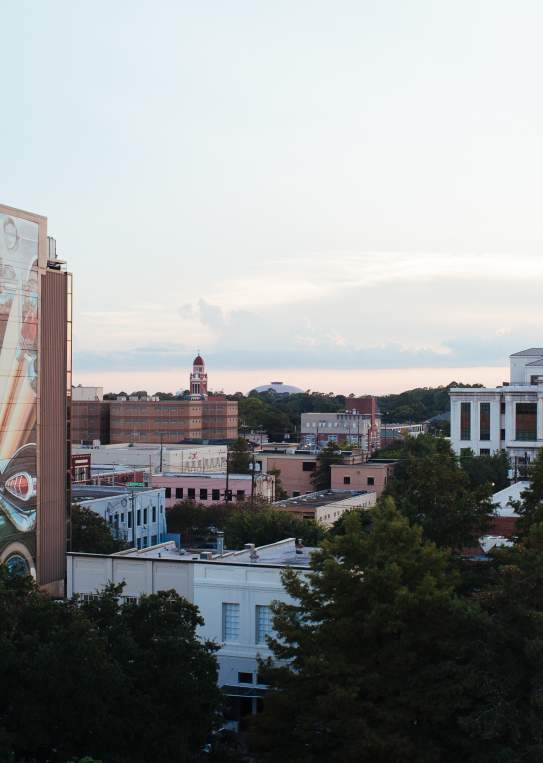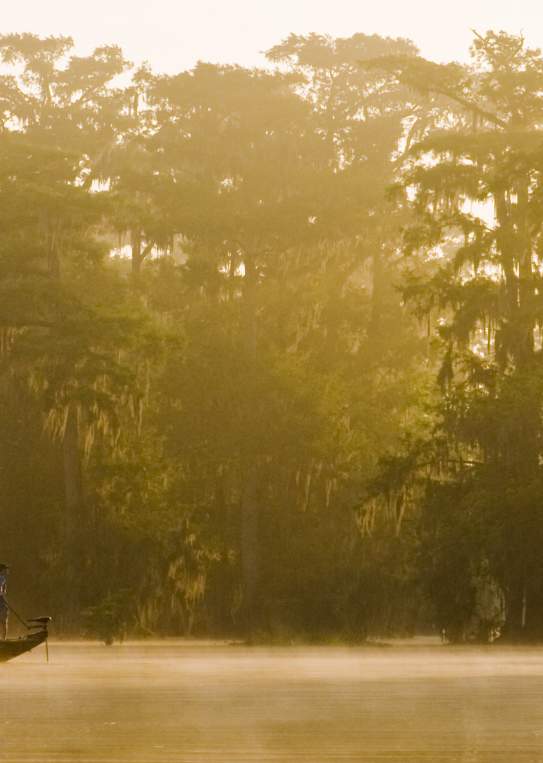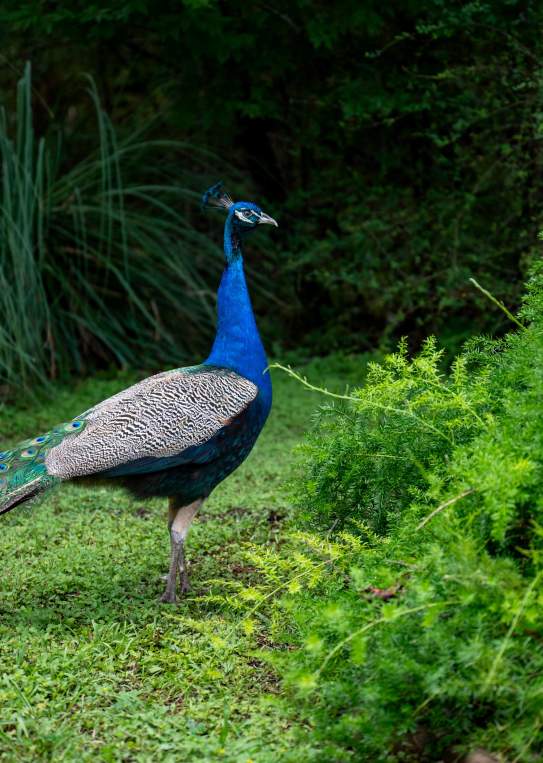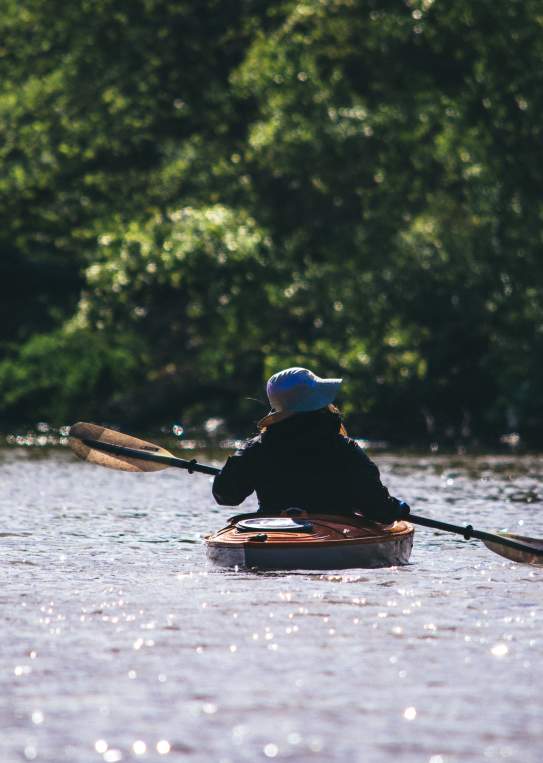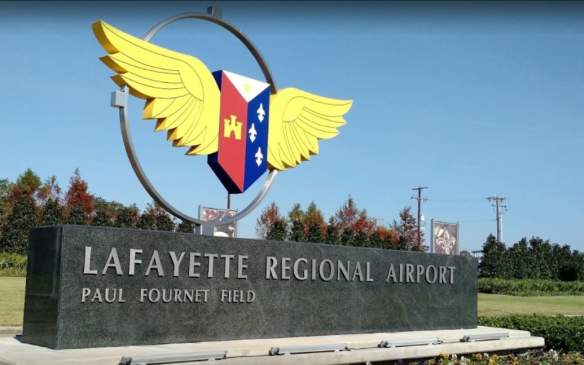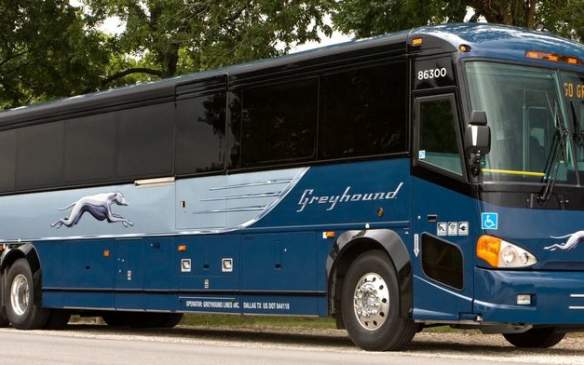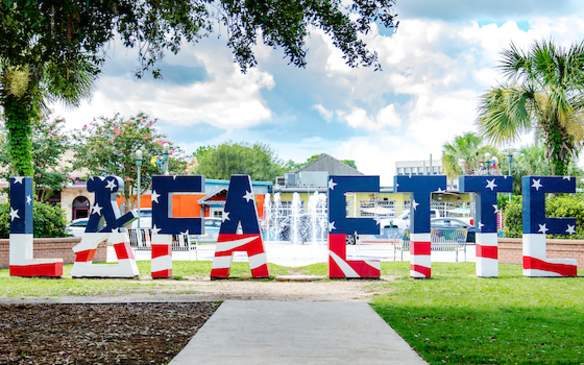Your browser is not supported for this experience.
We recommend using Chrome, Firefox, Edge, or Safari.
History
Explore the rich history of Lafayette Parish, where indigenous Atakapa-Ishak, Choctaw, Chitimacha, and Opelousa cultures once thrived. Early settlers from France, Spain, and Acadia established vibrant communities along the Vermilion River and its bayous. Jean Mouton and surveyor John Dinsmore, Jr. designed St. Jean du Vermilionville in the 1820s, evolving into Vermilionville. Later, in 1823, Lafayette Parish was carved from St. Martin Parish, named after Marquis de Lafayette, a revolutionary hero. The town evolved into Lafayette and became the central hub of Acadiana, blossoming with a railroad stop, a dynamic population, and a bustling business district. To explore more of Lafayette, LA’s history, see below.
Inspiration Journal
Lafayette's blog showcasing the food, music, culture and history at the heart of Cajun & Creole Country.
See All PostsLafayette Weekly
This week's music lineup begins on Monday night with this month's Blue Monday Blues Jam at the Grouse Room, showcasing the finest rhythm and blues talents from the Hub…
Eight Reasons Why Lafayette Is The Ultimate Destination for Your Next Meeting or Convention
Are you searching for the perfect location for your next meeting or convention? Look no further than Lafayette, Louisiana! Known as the Happiest City in America, Lafayette offers a…
Blu Basil
Dang Nguyen has one of those origin stories that makes you want to try his food. He's a Vietnamese American who owns and operates two Lafayette restaurants: Saigon Noodles on…
Burgersmith
In the olden days, when you wanted something handcrafted, you went straight to the source. Burgersmith, a play on the word blacksmith, takes the concept of handcrafted and applies…
Getting to Lafayette
The city of Lafayette, LA is located in the center of Lafayette Parish at the intersection of I-10 and I-49 between New Orleans and Houston and only 35 miles north of the Gulf of Mexico.
